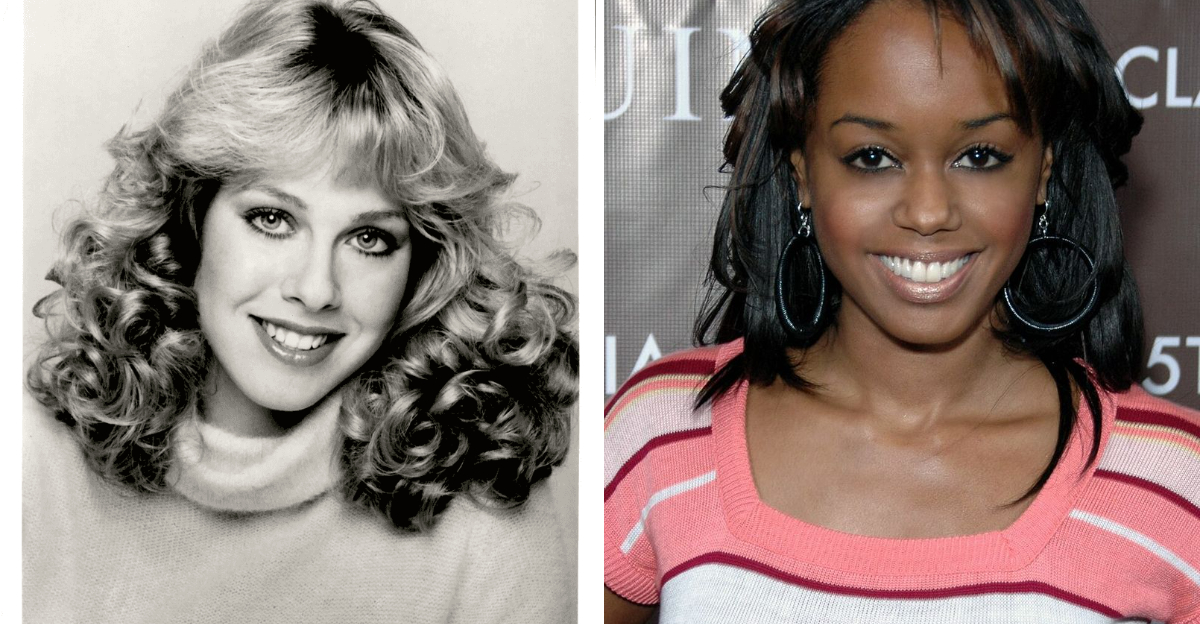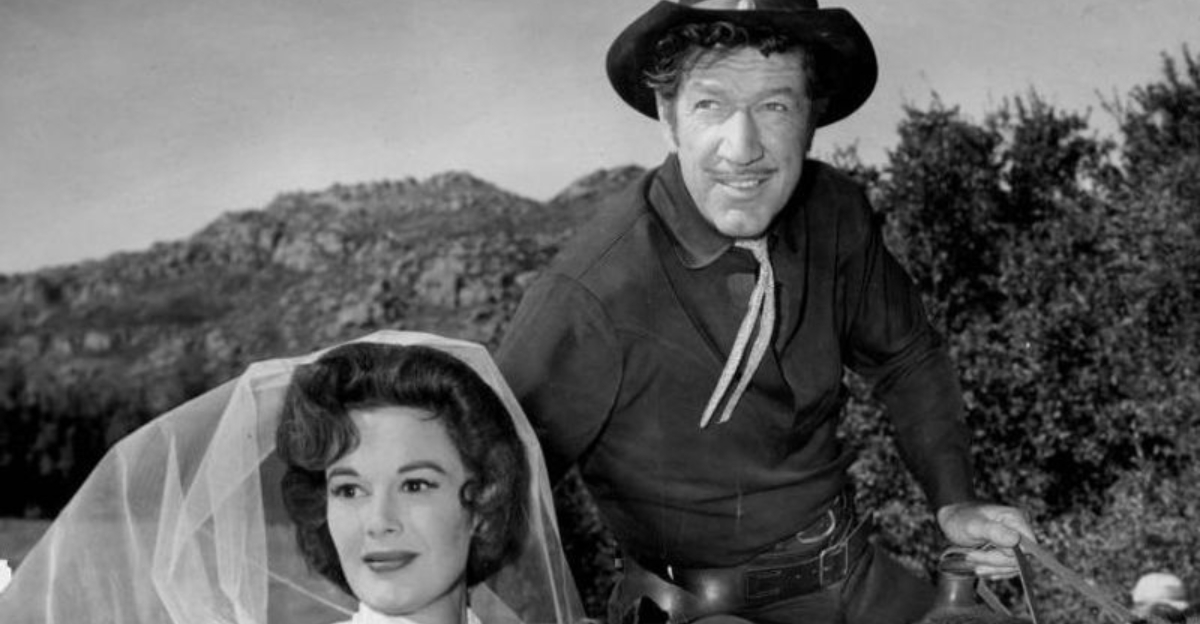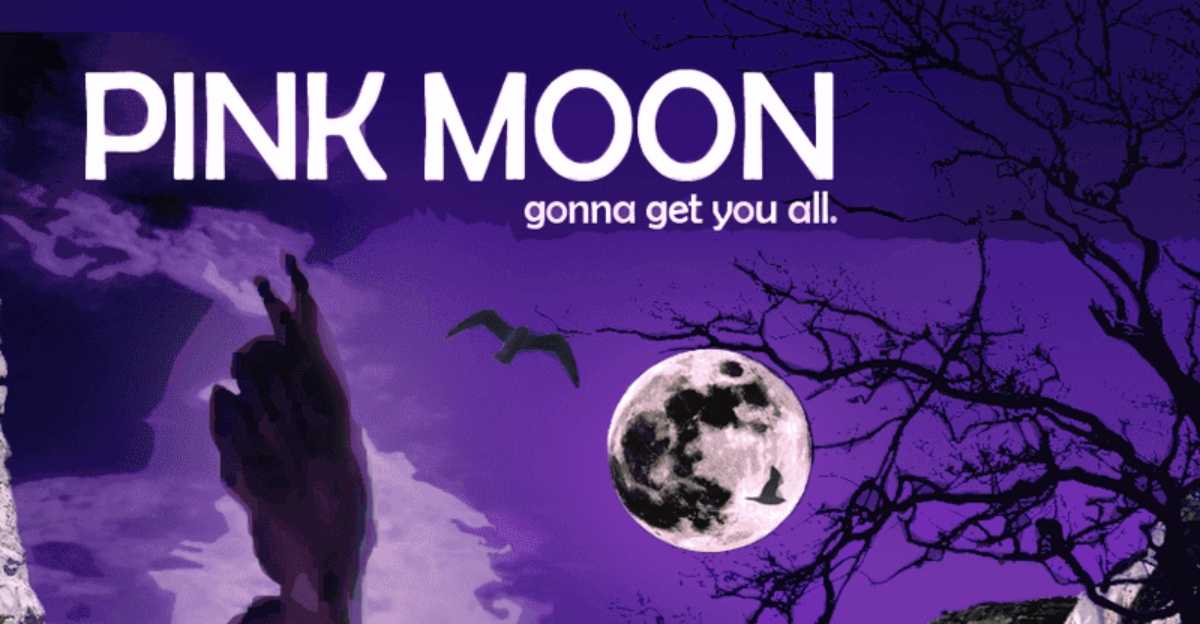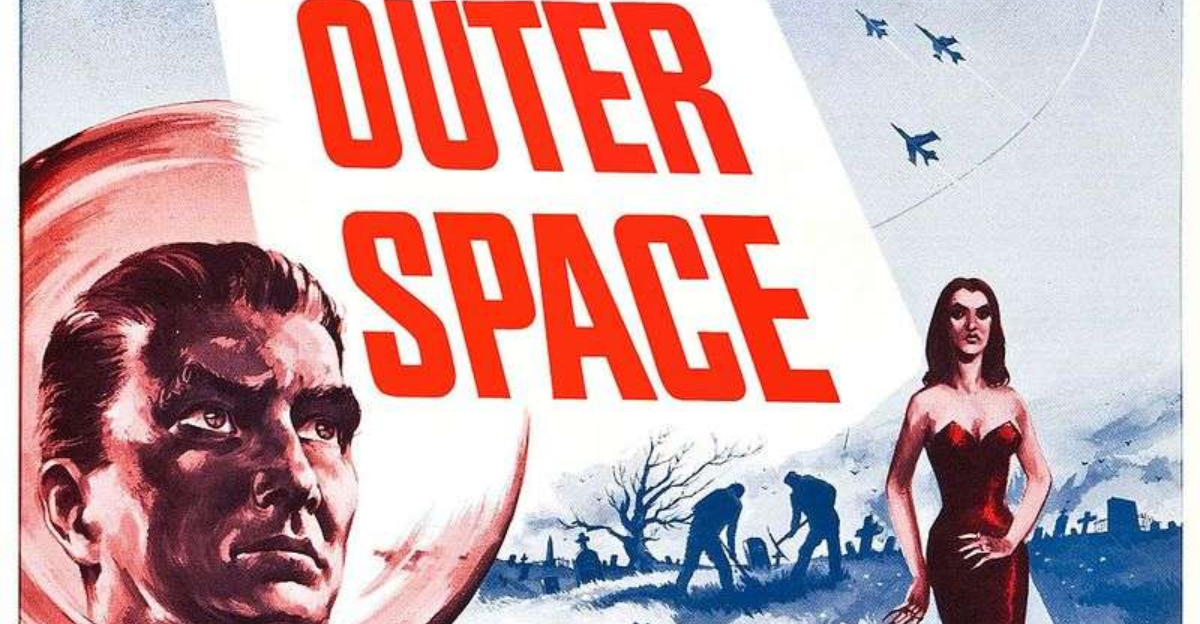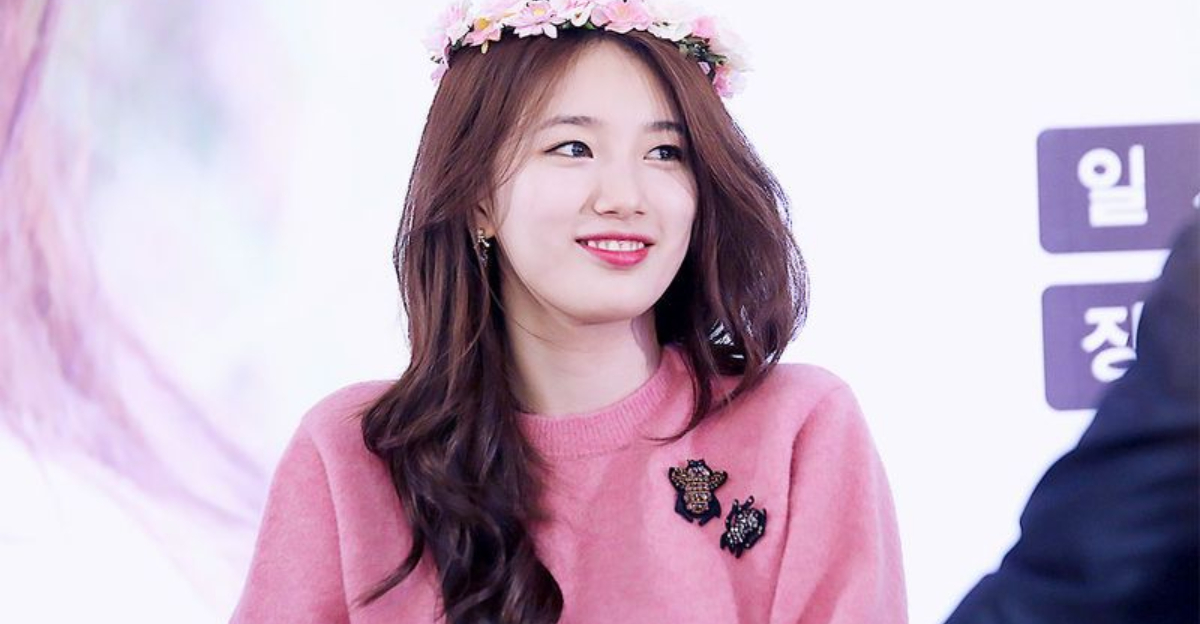17 Iconic Classics That Made Hollywood What It Is Today
Hollywood’s golden legacy was built on films that changed everything – stories that broke boundaries, defined genres, and set the standard for movie magic.
These cinematic legends introduced unforgettable characters, groundbreaking visuals, and moments that still echo through pop culture.
Each one helped shape what audiences expect when the lights go down and the screen flickers to life. Here are 17 iconic classics that made Hollywood what it is today.
1. Citizen Kane (1941)
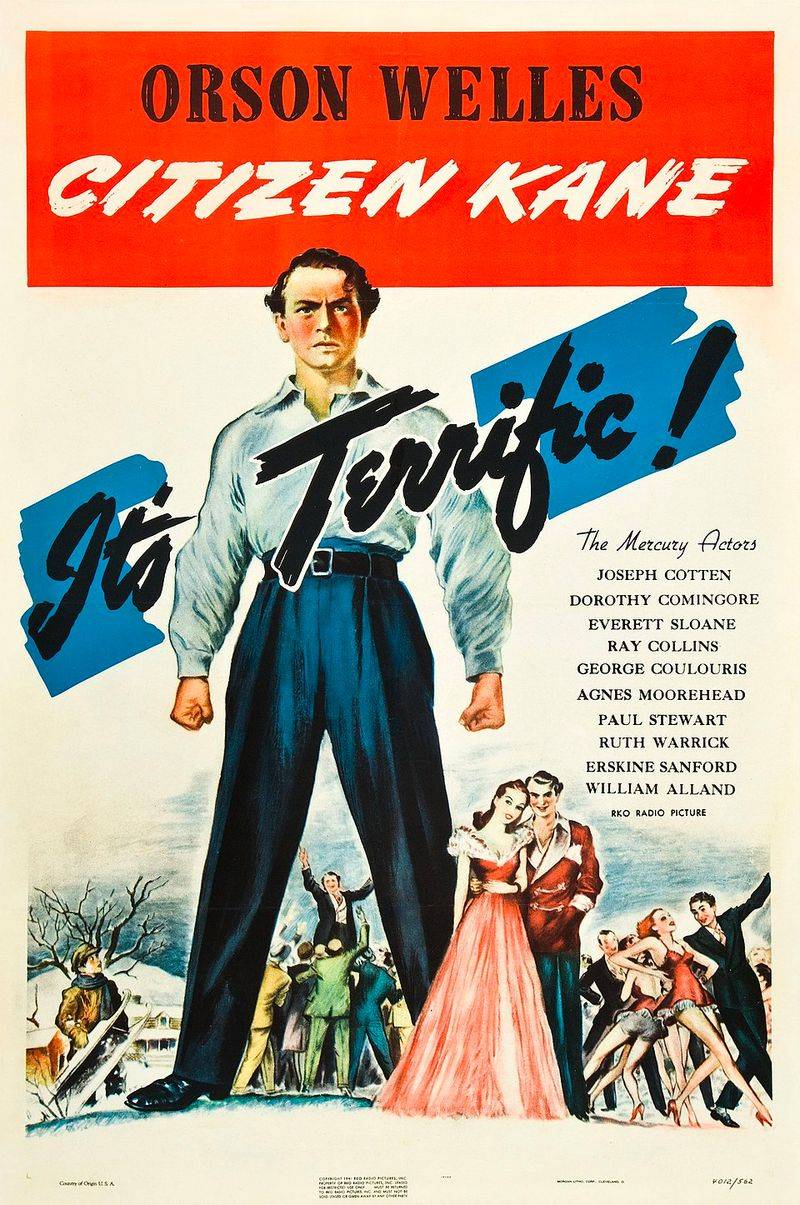
When Orson Welles was just 25, he revolutionized filmmaking with techniques nobody had tried before.
Deep focus photography let everything on screen stay sharp, from foreground to background, creating visual depth that amazed audiences.
Innovative camera angles and nonlinear storytelling made this movie a masterclass in cinema. Critics initially gave mixed reviews, but today it’s considered the greatest film ever made by many experts worldwide.
2. Casablanca (1942)
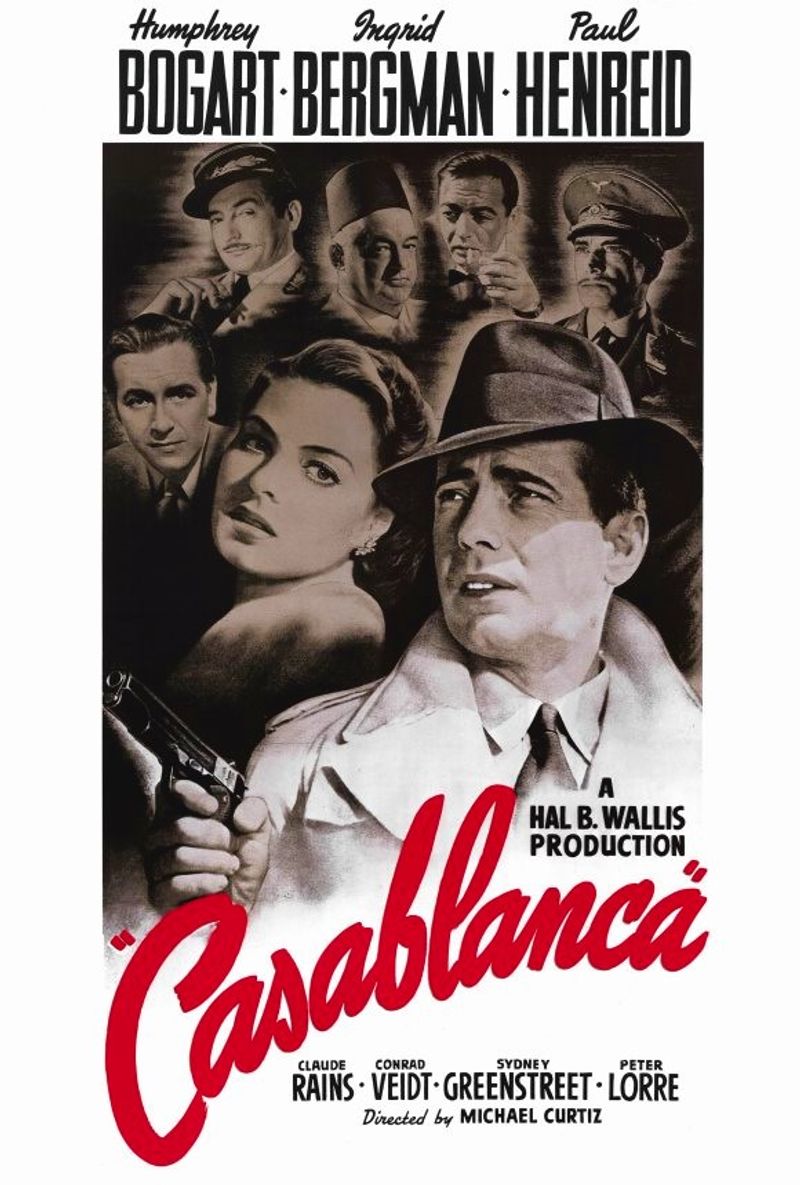
Romance and wartime drama collided beautifully in this unforgettable love story set in Morocco.
Humphrey Bogart’s cool cynicism paired perfectly with Ingrid Bergman’s elegance, creating chemistry that still captivates viewers today.
Lines like “Here’s looking at you, kid” became part of everyday language forever.
The film won Best Picture and proved that wartime movies could be both entertaining and emotionally powerful for audiences everywhere.
3. Gone with the Wind (1939)
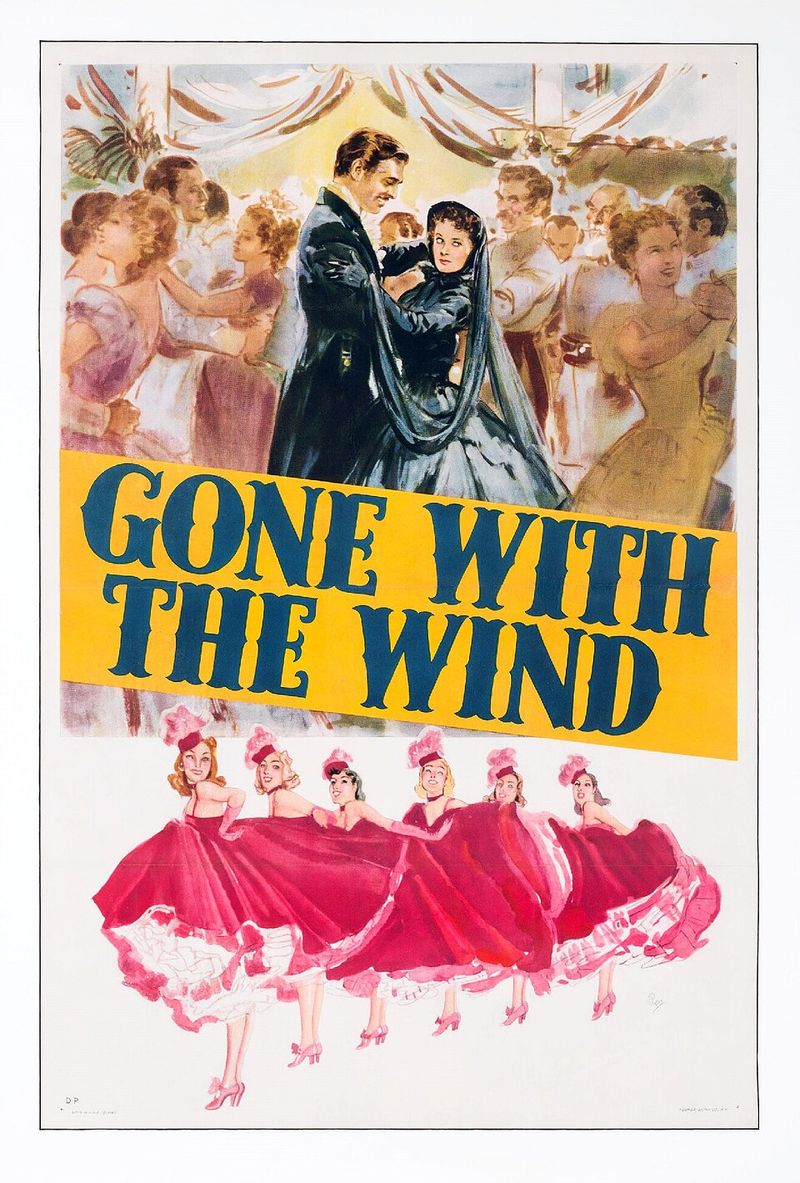
Epic doesn’t even begin to describe this sweeping Civil War drama that changed blockbuster filmmaking forever.
Vivien Leigh’s portrayal of the stubborn Scarlett O’Hara became legendary, showing audiences a complex female character rarely seen before.
Its massive production scale, gorgeous Technicolor cinematography, and four-hour runtime set new standards for ambitious storytelling. Though controversial today, it remains one of the highest-grossing films when adjusted for inflation.
4. The Wizard of Oz (1939)
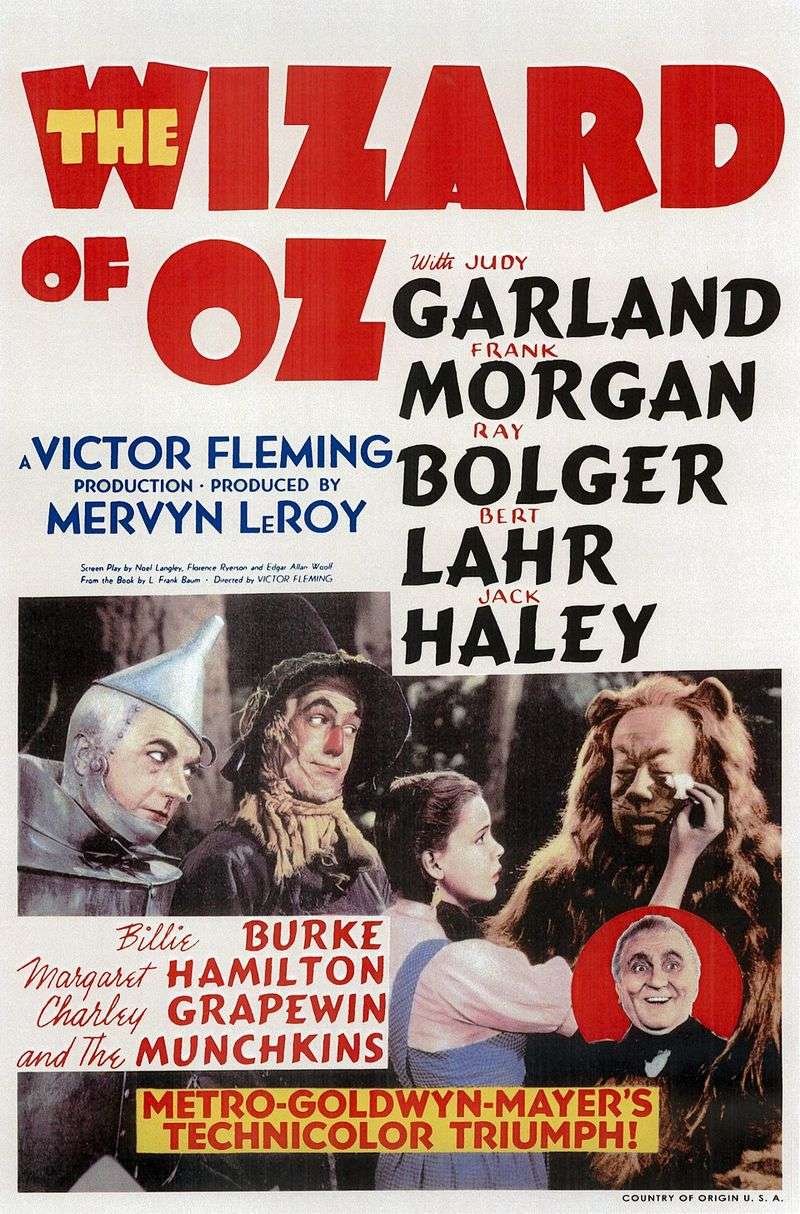
Imagine watching a film shift from black-and-white Kansas to vibrant Technicolor Oz – audiences gasped in wonder at this magical transition.
Judy Garland’s heartfelt performance and the song “Over the Rainbow” became timeless symbols of hope and dreams.
Special effects like the tornado sequence pushed technical boundaries for the era. This fantasy adventure proved that family films could be sophisticated, emotional, and visually stunning all at once.
5. Lawrence of Arabia (1962)
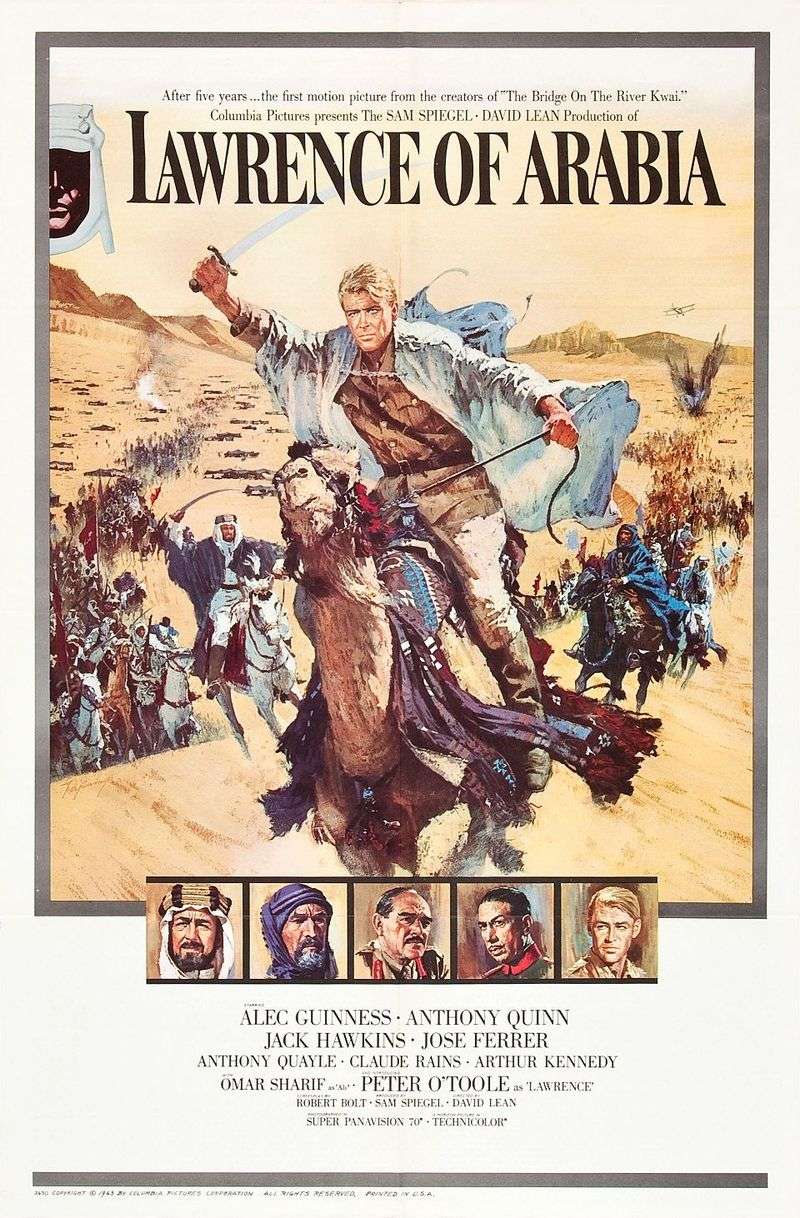
Director David Lean transformed the desert into a breathtaking character itself, capturing endless golden sands in stunning 70mm cinematography.
Peter O’Toole’s complex portrayal of the mysterious British officer showed audiences that heroes could be flawed and fascinating.
Running nearly four hours, this epic never feels slow thanks to masterful pacing and gorgeous visuals.
6. On the Waterfront (1954)
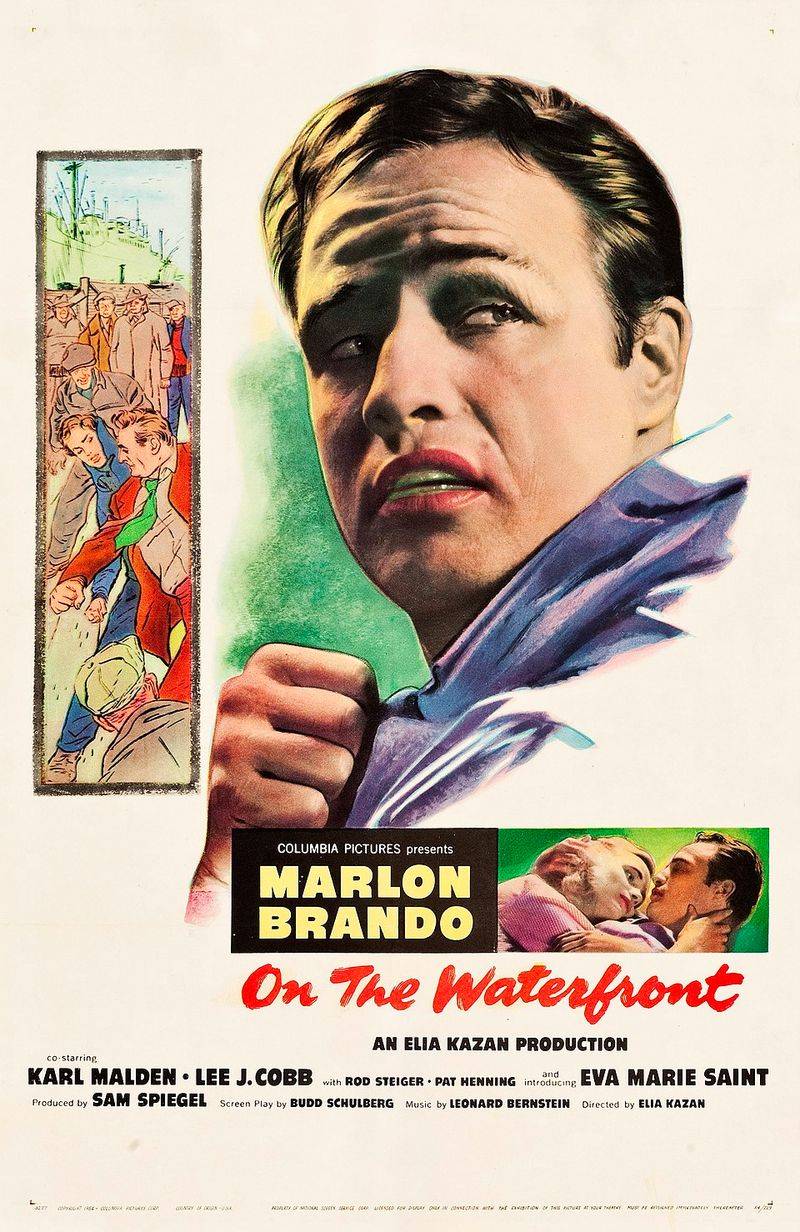
Marlon Brando’s raw, naturalistic acting style shocked audiences accustomed to theatrical performances, bringing a new realism to Hollywood.
His famous “I coulda been a contender” speech remains one of cinema’s most heartbreaking moments even today.
Director Elia Kazan shot on actual New York docks, giving the film gritty authenticity that studio sets couldn’t match.
This powerful drama about corruption and conscience won eight Oscars and changed how actors approached their craft forever.
7. Singin’ in the Rain (1952)
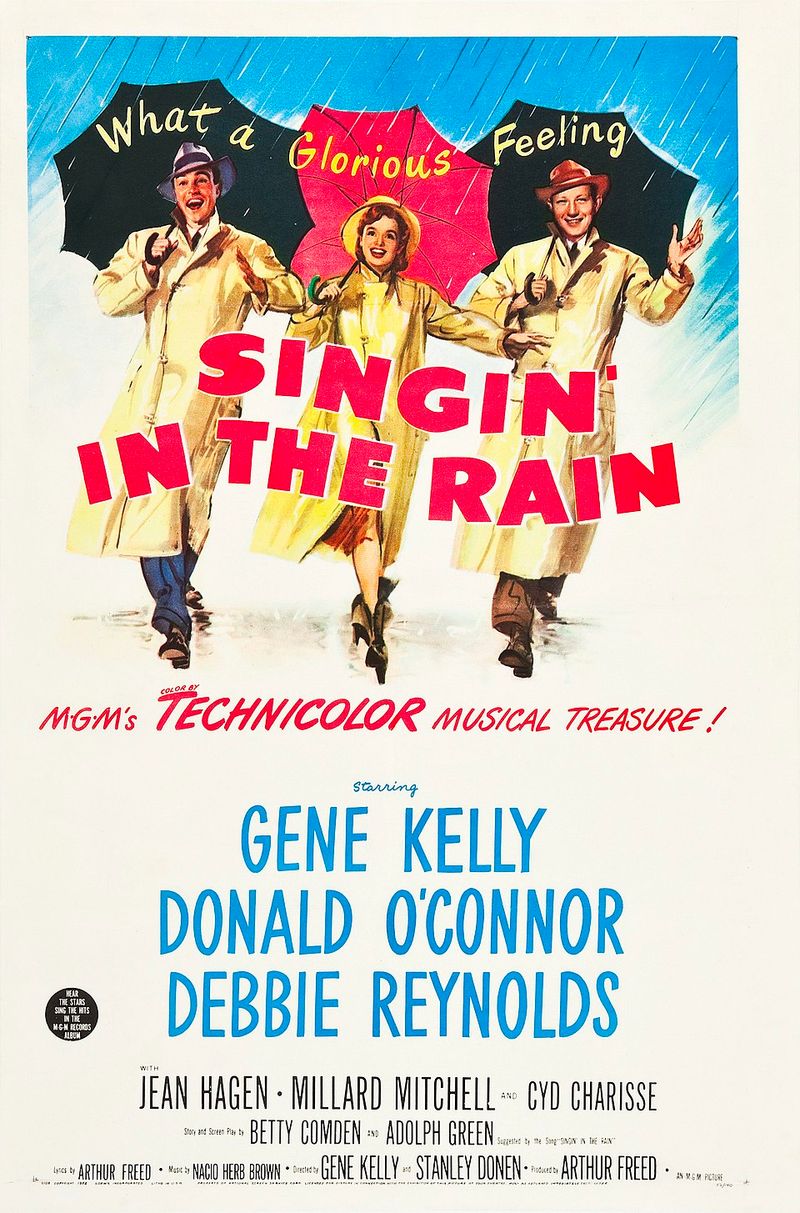
Gene Kelly’s athletic dancing in a downpour created one of cinema’s most joyful and recognizable sequences ever filmed.
This musical comedy cleverly satirized Hollywood’s awkward transition from silent films to talkies with humor and heart.
Elaborate choreography, catchy songs, and Technicolor brilliance made it the gold standard for movie musicals.
Despite lukewarm initial reception, it’s now considered the greatest musical ever made by critics and audiences worldwide.
8. It’s a Wonderful Life (1946)
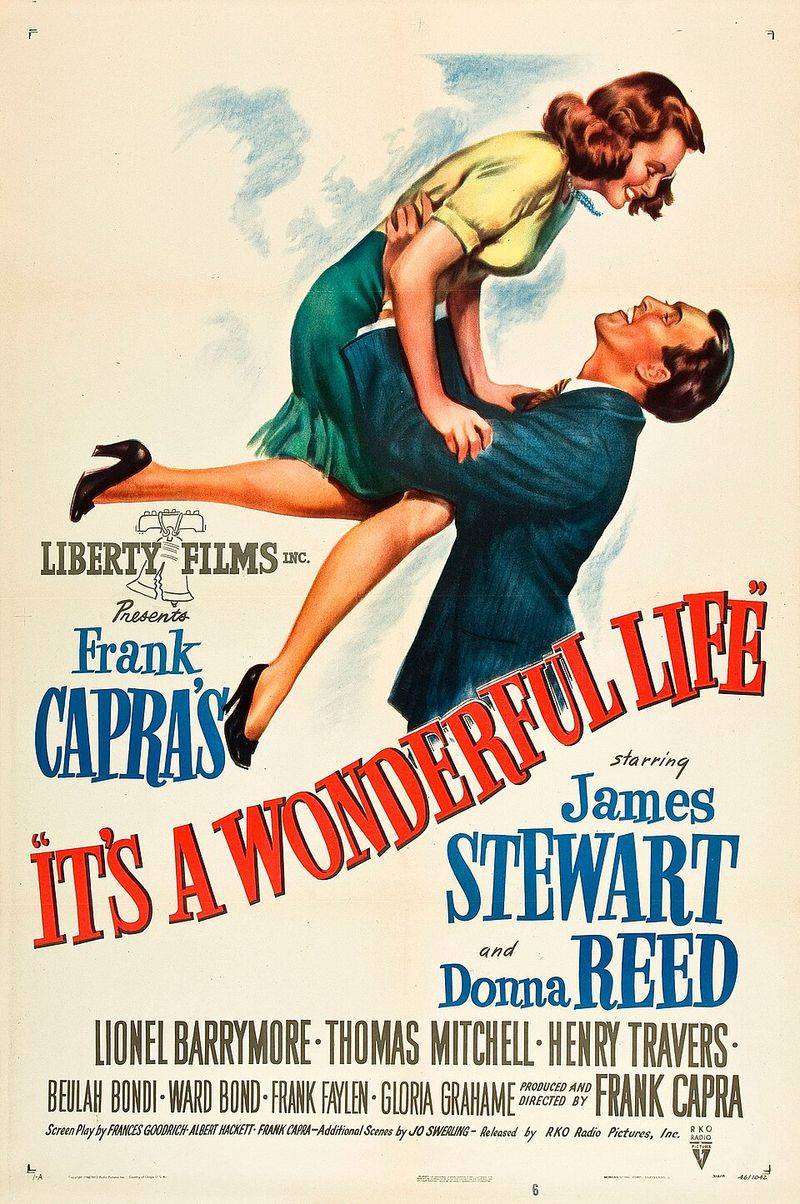
Frank Capra’s sentimental tale of redemption flopped initially but became a beloved Christmas tradition through repeated television airings.
James Stewart’s emotional performance as George Bailey showed audiences that ordinary lives have extraordinary value and meaning.
The film’s message about community, sacrifice, and hope resonates across generations, making people cry happy tears every holiday season.
9. Sunset Boulevard (1950)
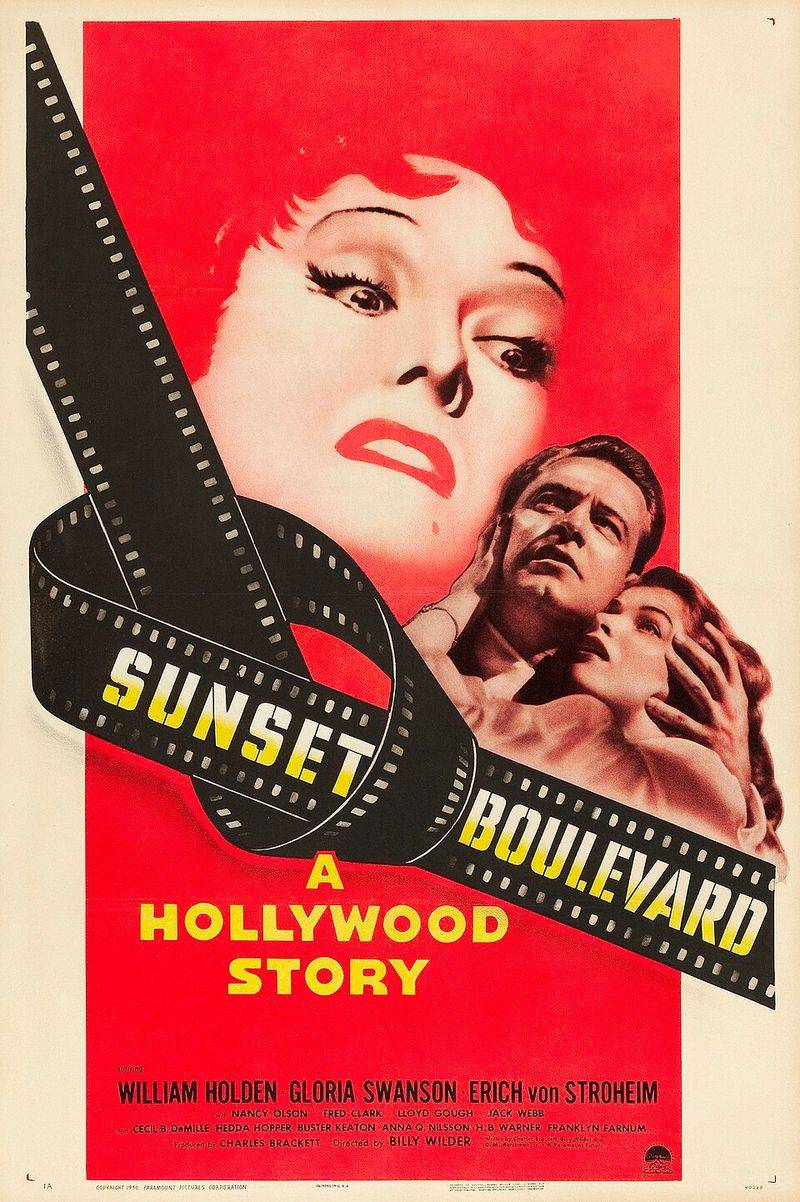
Billy Wilder’s dark masterpiece exposed Hollywood’s cruel treatment of aging stars with haunting brilliance and unflinching honesty.
Gloria Swanson’s chilling portrayal of forgotten silent film star Norma Desmond blurred the line between reality and performance perfectly.
Opening with a corpse narrating his own murder hooked audiences immediately with bold storytelling.
10. Psycho (1960)
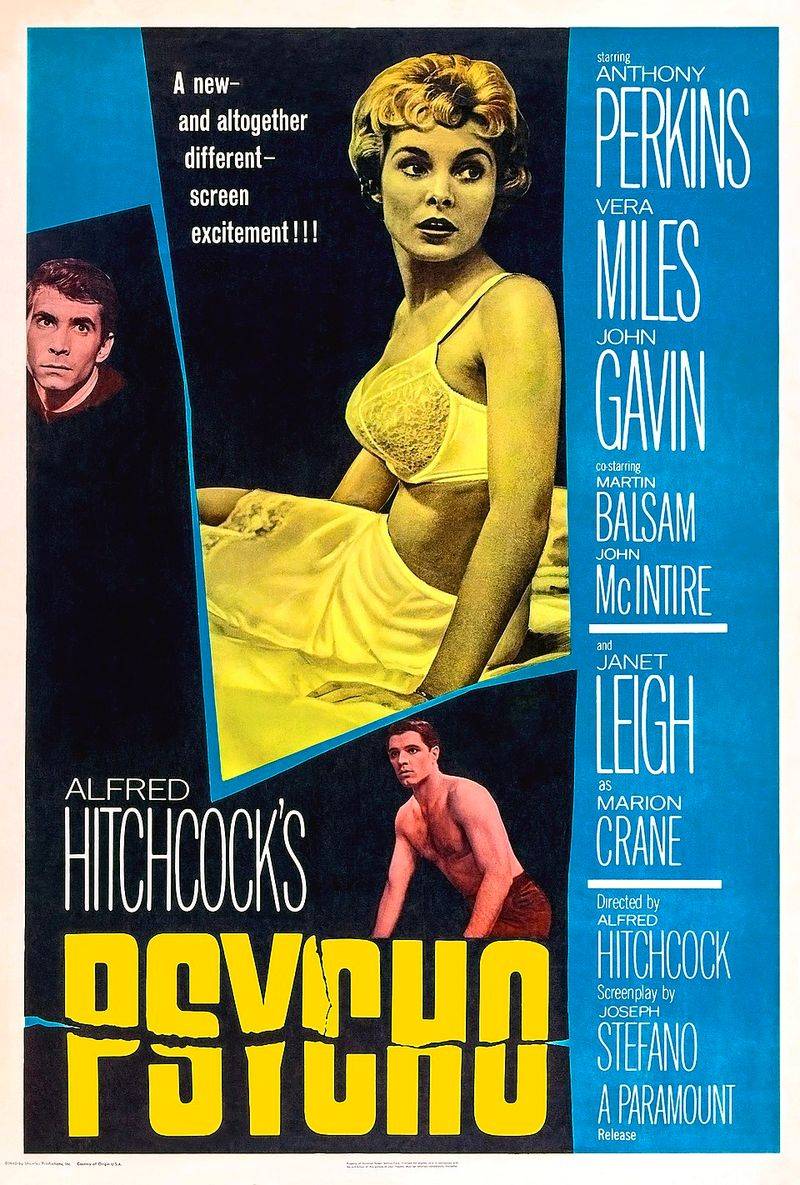
Alfred Hitchcock shocked the world by killing his lead actress halfway through, breaking every storytelling rule audiences expected.
The infamous shower scene used quick cuts and screeching violins to create terror without showing graphic violence directly.
Shot in stark black-and-white for a creepy, unsettling mood, it launched the modern horror genre we know today.
11. 12 Angry Men (1957)
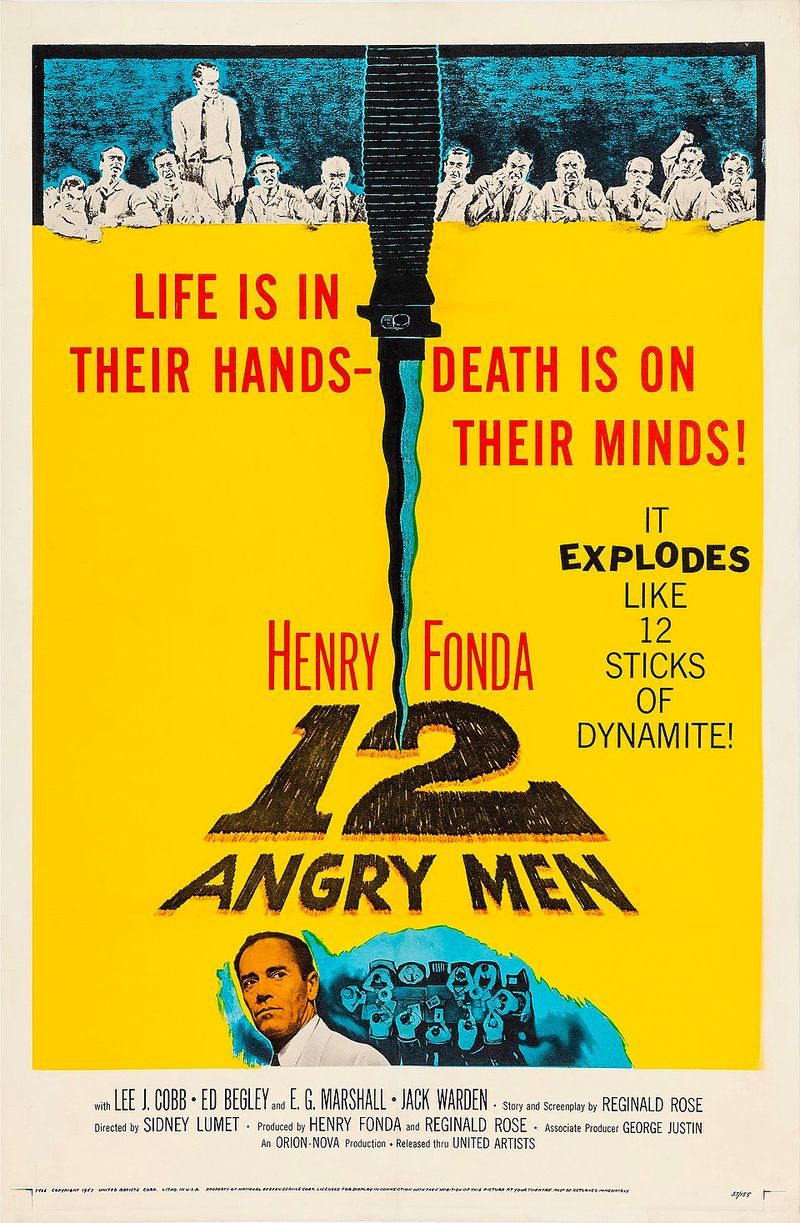
Sidney Lumet proved that gripping cinema doesn’t need action scenes, special effects, or exotic locations to hold attention.
Set entirely in one sweltering jury room, this drama builds unbearable tension through brilliant dialogue and powerful performances.
Henry Fonda’s quiet determination to seek justice challenges prejudice and rushed judgment in unforgettable ways.
12. All About Eve (1950)
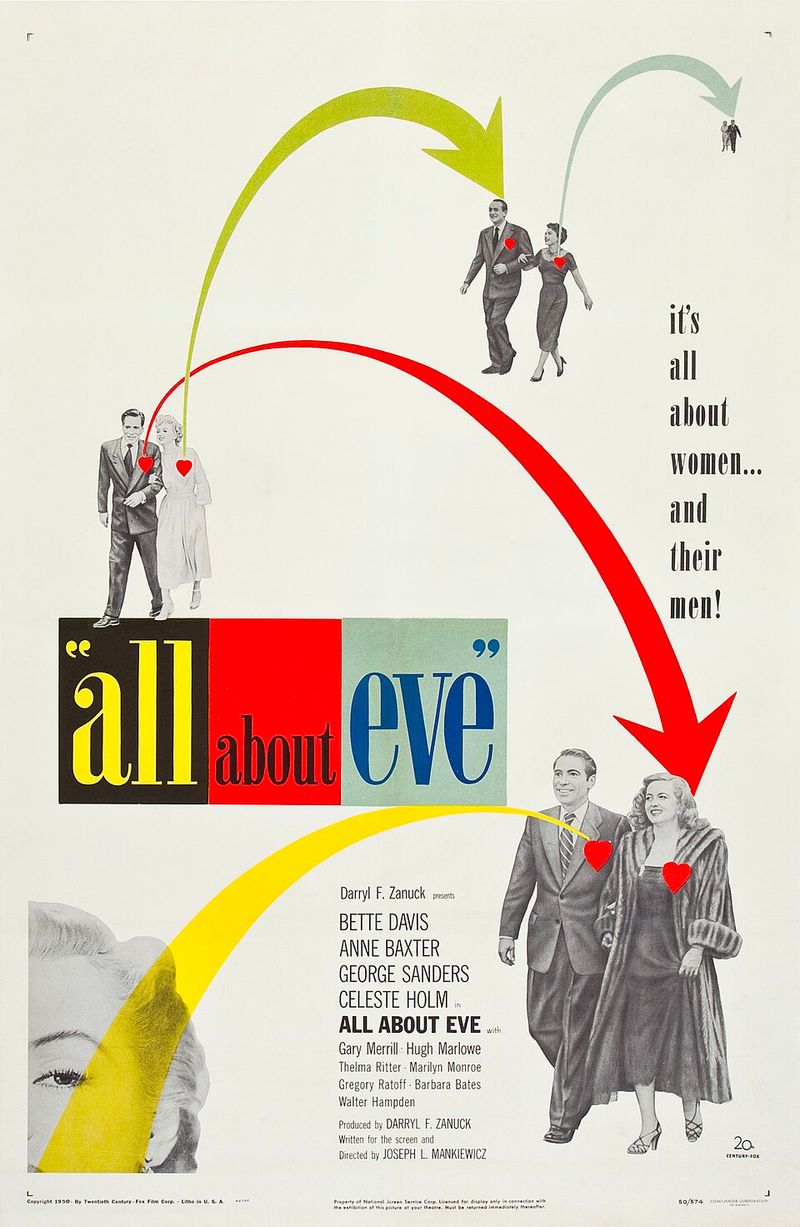
Bette Davis delivered one of her finest performances as an aging Broadway star threatened by a cunning young actress.
This backstage drama exposed the cutthroat nature of show business with sharp wit and devastating honesty that still stings today.
The screenplay’s crackling dialogue and complex female characters were rare for the era and remain impressive now.
13. Rear Window (1954)
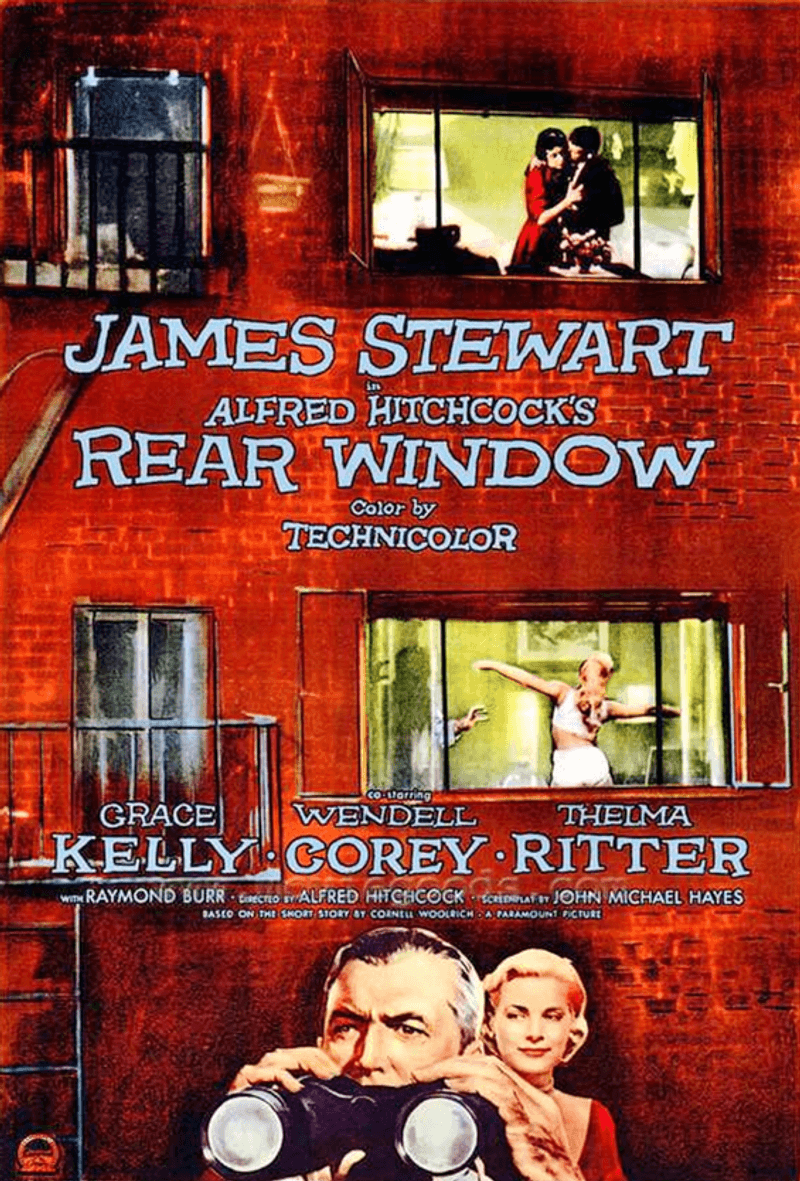
Hitchcock turned voyeurism into art by confining James Stewart’s photographer character to a wheelchair overlooking neighbors’ windows.
The entire film unfolds from one apartment, yet the tension builds unbearably as a possible murder mystery develops across the courtyard.
Grace Kelly brought glamorous elegance to the role of Stewart’s girlfriend, creating sparkling romantic chemistry.
This clever thriller explored themes of watching and being watched that feel eerily relevant in today’s surveillance-obsessed world.
14. Vertigo (1958)
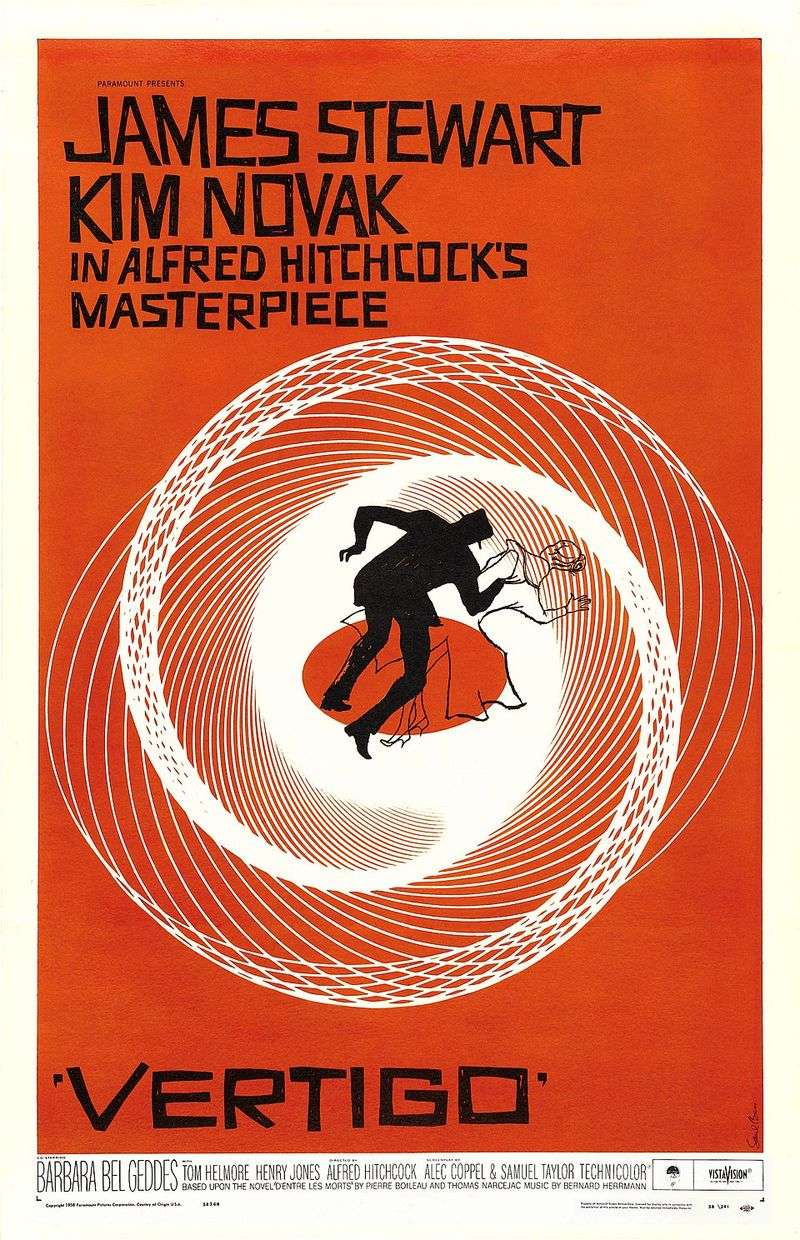
Initially dismissed by critics, this psychological thriller about obsession and identity now tops many greatest-films-ever lists worldwide.
Hitchcock’s innovative camera techniques, like the dizzying “dolly zoom,” created visual representations of the main character’s mental state perfectly.
Kim Novak’s dual role and Bernard Herrmann’s haunting score combined to create an atmosphere of dreamlike unease.
15. Dr. Strangelove or: How I Learned to Stop Worrying and Love the Bomb (1964)
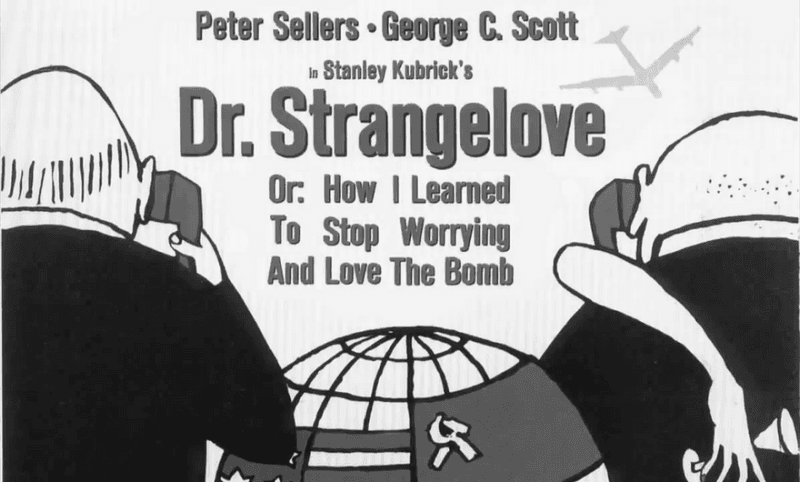
Stanley Kubrick dared to make nuclear apocalypse hilarious, creating a pitch-black comedy that mocked Cold War paranoia brilliantly.
Peter Sellers played three different roles, showcasing his incredible range and comedic genius in every absurd scene.
The film’s satirical approach to terrifying subject matter influenced countless dark comedies that followed its bold example.
16. Some Like It Hot (1959)
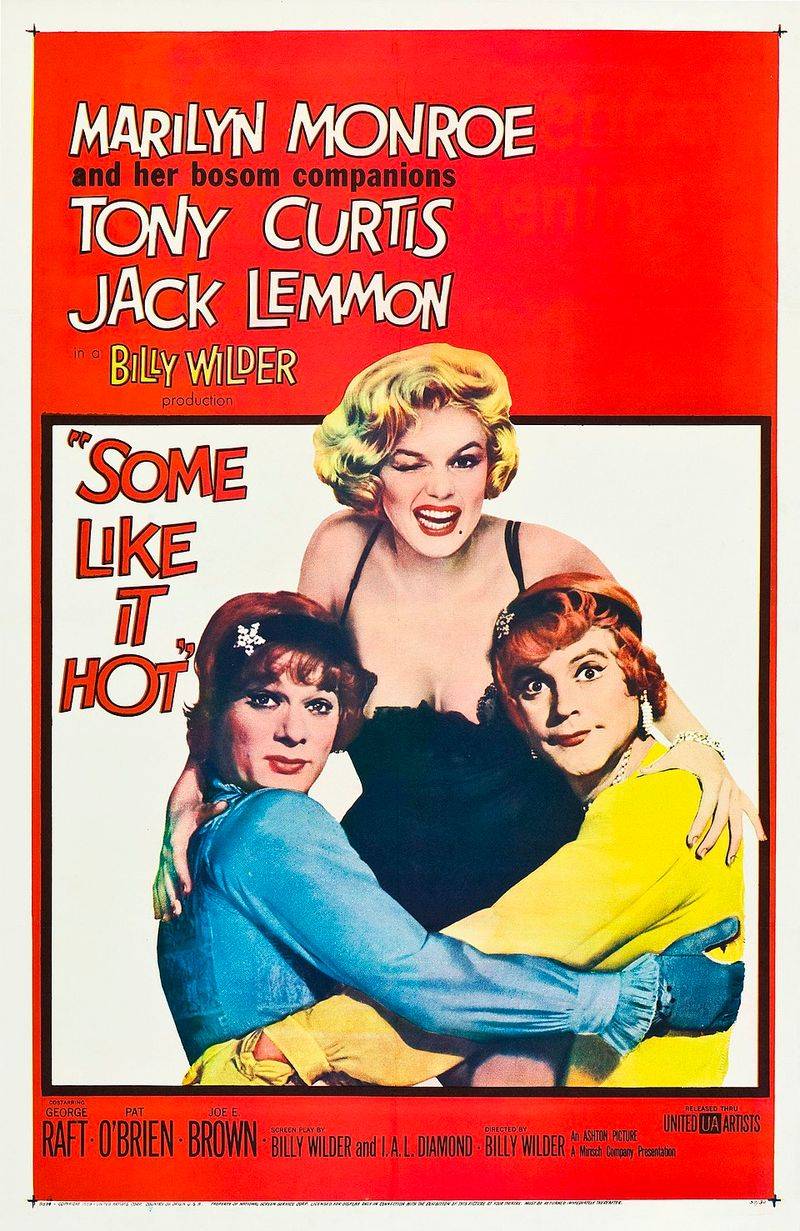
Billy Wilder’s gender-bending comedy pushed boundaries by having Tony Curtis and Jack Lemmon dress as women to escape gangsters.
Marilyn Monroe’s vulnerable, funny performance showed she was more than just a pretty face, delivering perfect comedic timing throughout.
The film’s famous closing line – “Nobody’s perfect” – became one of cinema’s most quoted moments ever. This wildly entertaining comedy proved that smart writing, great performances, and bold ideas never go out of style.
17. North by Northwest (1959)
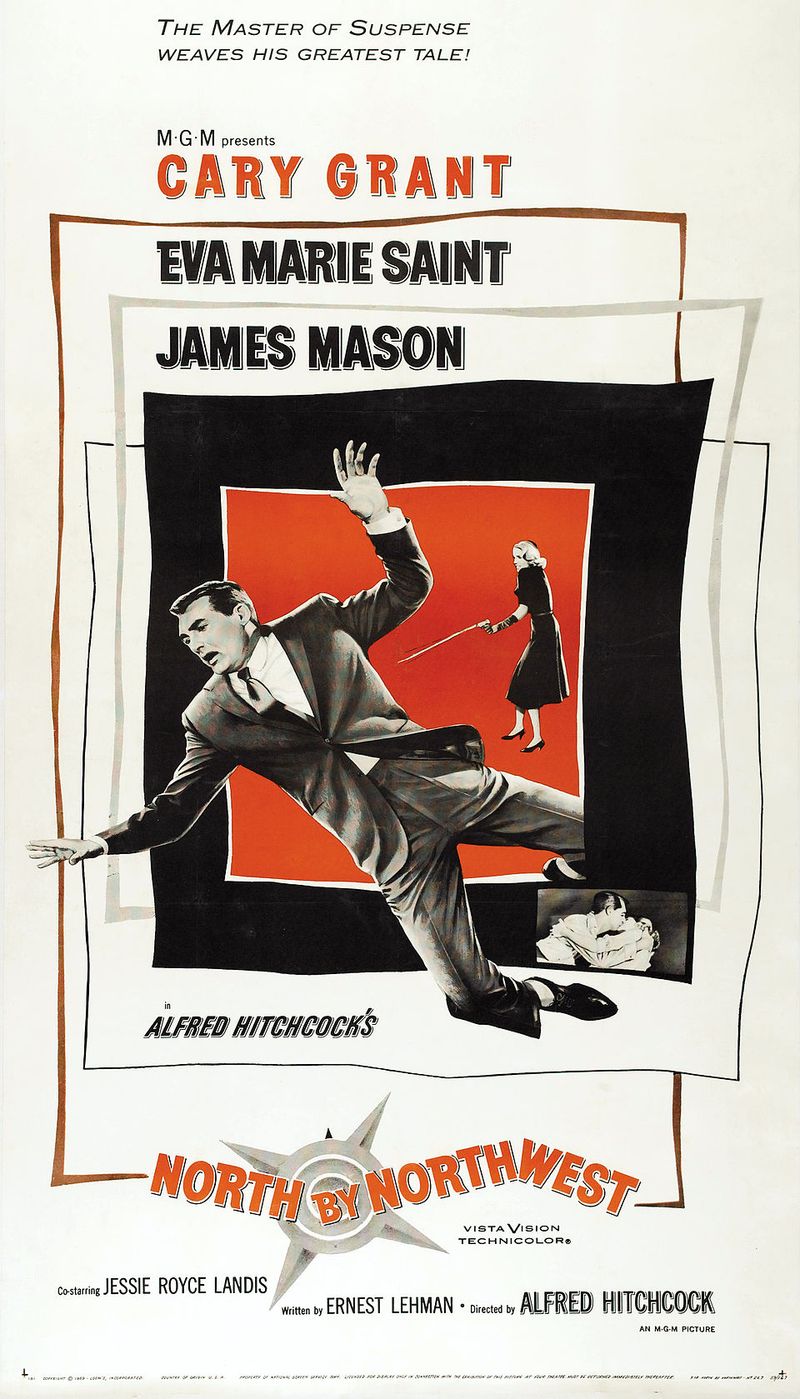
Hitchcock’s stylish thriller featured Cary Grant running from a crop duster in an empty field, creating cinema’s most iconic chase scene.
The film perfected the “wrong man” formula, where an ordinary person gets caught in extraordinary, dangerous circumstances.
Witty dialogue, glamorous locations, and breakneck pacing made this the template for countless spy thrillers and action films afterward.

